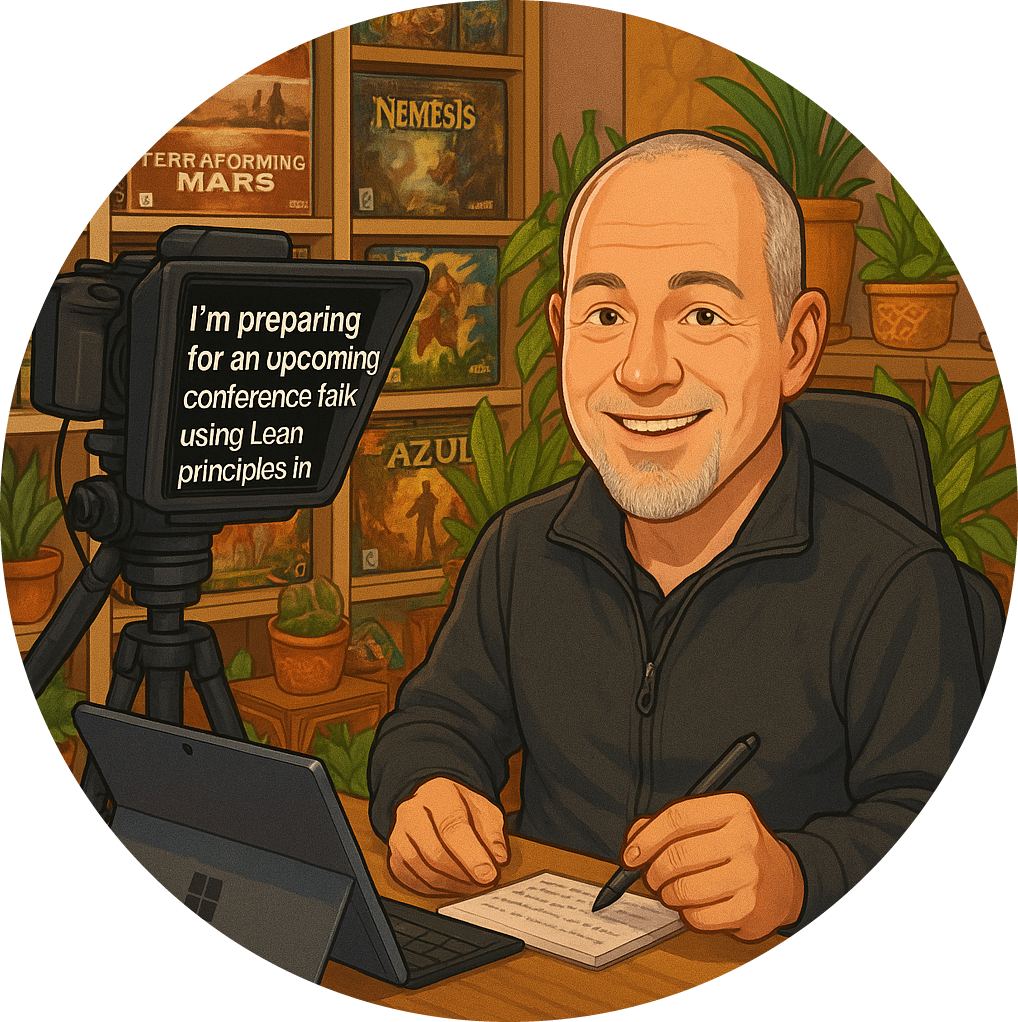When it comes to learning, especially in the realm of Agile and Scrum , I’ve often found that the traditional approach of cramming information into a couple of days can be less effective than we might hope. Reflecting on my experiences, I’ve come to appreciate the value of spreading learning over a longer period, allowing for deeper engagement and practical application.
The Challenge of Traditional Learning
In a typical two-day course, I’ve noticed that while participants may absorb a lot of information, their retention and ability to apply what they’ve learned can be hit or miss. Here’s what I’ve observed:
- Engagement Levels: How long are students truly engaged? It’s often just a fraction of the time.
- Retention: Participants tend to remember only the bits that resonate with them at that moment.
- Application: The real test comes when they return to their work environments. How much of what they learned can they actually implement?
The Power of Spaced Learning
This is where a more extended learning approach, such as the Professional Scrum Master (PSM) course spread over seven weeks, shines. Here’s why I advocate for this method:
- Multiple Opportunities for Practice: With sessions spaced out, participants have the chance to practice what they’ve learned in their real work environments. This isn’t just theory; it’s about tackling real challenges.
- Real-World Application: Instead of a pristine classroom setting, learners face the complexities and messiness of their actual work situations. This is where true learning happens.
- Ongoing Support: Throughout the course, participants have access to a trainer who can provide guidance and answer questions as they arise. This continuous support is invaluable.
- Cohort Collaboration: Engaging with a cohort of peers fosters a sense of community. Participants can share experiences, challenges, and solutions, which enhances the learning experience. Who knows, these connections might even extend beyond the course!
Immersive Learning Experience
I hesitate to use the term “immersive,” but it truly encapsulates the essence of this approach. By engaging with the material over time and in a practical context, learners are not just absorbing information; they are living it. They are applying concepts in real-time, reflecting on their experiences, and iterating on their understanding.
Conclusion
In my journey as a trainer and practitioner, I’ve seen firsthand the benefits of a spaced learning approach. It’s not just about delivering content; it’s about fostering an environment where learners can grow, adapt, and truly understand Agile principles. If you’re considering a Scrum course, I encourage you to look for options that allow for this kind of engagement. The results will speak for themselves, and you’ll find that the knowledge gained will be far more impactful and lasting.
Let’s embrace a learning model that prioritises real-world application and community support. After all, that’s where the magic happens!
























